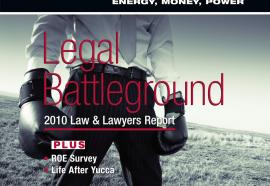Penalty Predictability Enhanced
FERC modifies its enforcement guidelines.
FERC’s revised policy provides greater predictability and transparency in the commission’s approach to determining civil and criminal penalties under its statutory authority. Despite a more systematic framework, however, FERC retains discretion to assess penalties based on the facts of individual cases.









